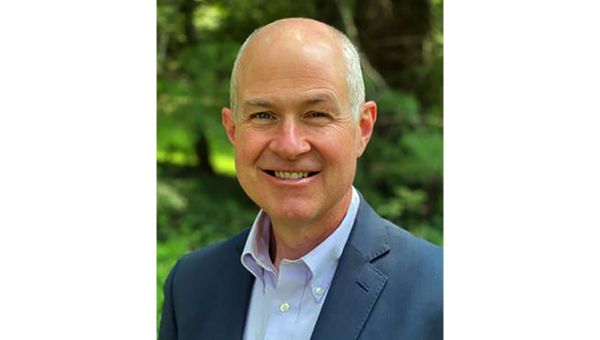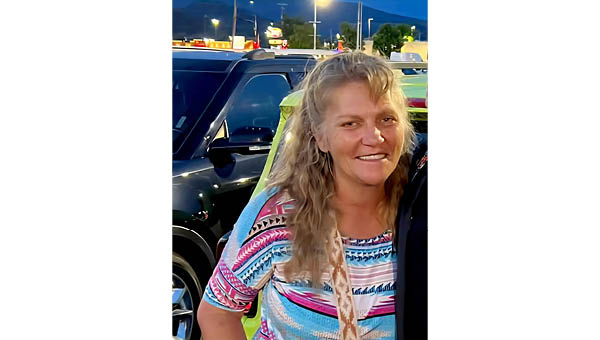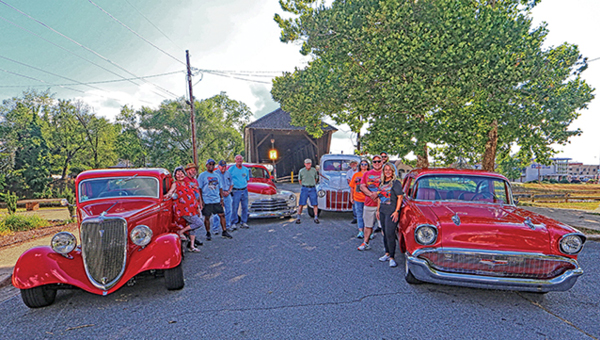Easter eggs could make for a more expensive basket this year
Published 12:06 pm Tuesday, April 15, 2025
|
Getting your Trinity Audio player ready...
|
Easter egg prices have risen by as much as 50 percent compared to last year. It’s no surprise that the exorbitantly high cost of eggs has Americans considering other options — for both breakfast consumption and decorating this Easter season.
Considering that a popular Easter tradition consists of coloring eggs — due to this nationwide concern, people are putting their thinking caps on and getting creative with what they’re instead dyeing. Some are dyeing marshmallows.
According to the Bureau of Labor Statistics, the average price of a dozen eggs hit $6.28 in March, up nearly 6 percent from February. “Wholesale prices of eggs … are down, depending on who you are looking at, between 50 and 65 percent,” Agriculture Secretary Brooke Rollins said during a press conference outside the White House over the weekend.
In most places, the price of eggs has dropped from over $8 per dozen in February to $3.26. This year the Easter Bunny may be delivering more chocolate eggs and plastic eggs than the real eggs.
Easter eggs have always been fun to color. If you’re from the farm, and your family raises their eggs, they are probably brown, but if you buy them at the store, they are probably white and come in a carton. This year the challenge of coloring eggs for young families isn’t choosing between brown or white eggs, it’s perhaps choosing which credit card can handle the purchase.
However, despite the price of eggs, there are Easter egg hunts taking place this weekend. Many churches in the area are hosting Easter egg hunts on Saturday, some on Sunday. Easter egg hunts for children are Easter joy at its finest.
Why are Easter eggs traditional at Easter? Early Christians dyed eggs red to represent the blood shed by Jesus when he died on the cross. Other colors were used to represent other meanings tied to the Easter story — yellow representing the resurrection and blue representing love.
In the medieval period, eggs were forbidden during Lent, the 40-day period of penitence, fasting and praying in preparation for Easter. When the fast ended at Easter, eggs were featured in the celebration.
According to British history, in 1290, King Edward I had 450 eggs boiled and dyed or painted in gold leaf to give to his royal household at Easter. Dyeing and coloring Easter eggs has continued as an art form, particularly in Slavic cultures. Beautifully painted eggs are still made and prized in Poland, Ukraine and throughout Eastern Europe.
Historians suspect the Easter egg hunt dates to the late 16th century, when Martin Luther, the German theologian who helped birth the Reformation, organized egg hunts for women and children to illustrate the story of the resurrection. According to one of the gospel accounts, the tomb where Jesus was buried was discovered empty by Mary Magdalene, one of his female followers.
In the U.S., the White House Easter Egg Roll began in 1878, during the presidency of Rutherford B. Hayes. The popular event, with its egg hunts and egg rolling, has no religious significance, but some people consider the egg roll a symbol of the rolling away of the stone that blocked Jesus’ tomb before he emerged from the grave.
Easter eggs are an important part of the holiday, and regardless of the price of eggs, we are sure there will be some egg coloring events, and the price of eggs won’t deter that or the Easter egg hunts on the calendar for this weekend.





